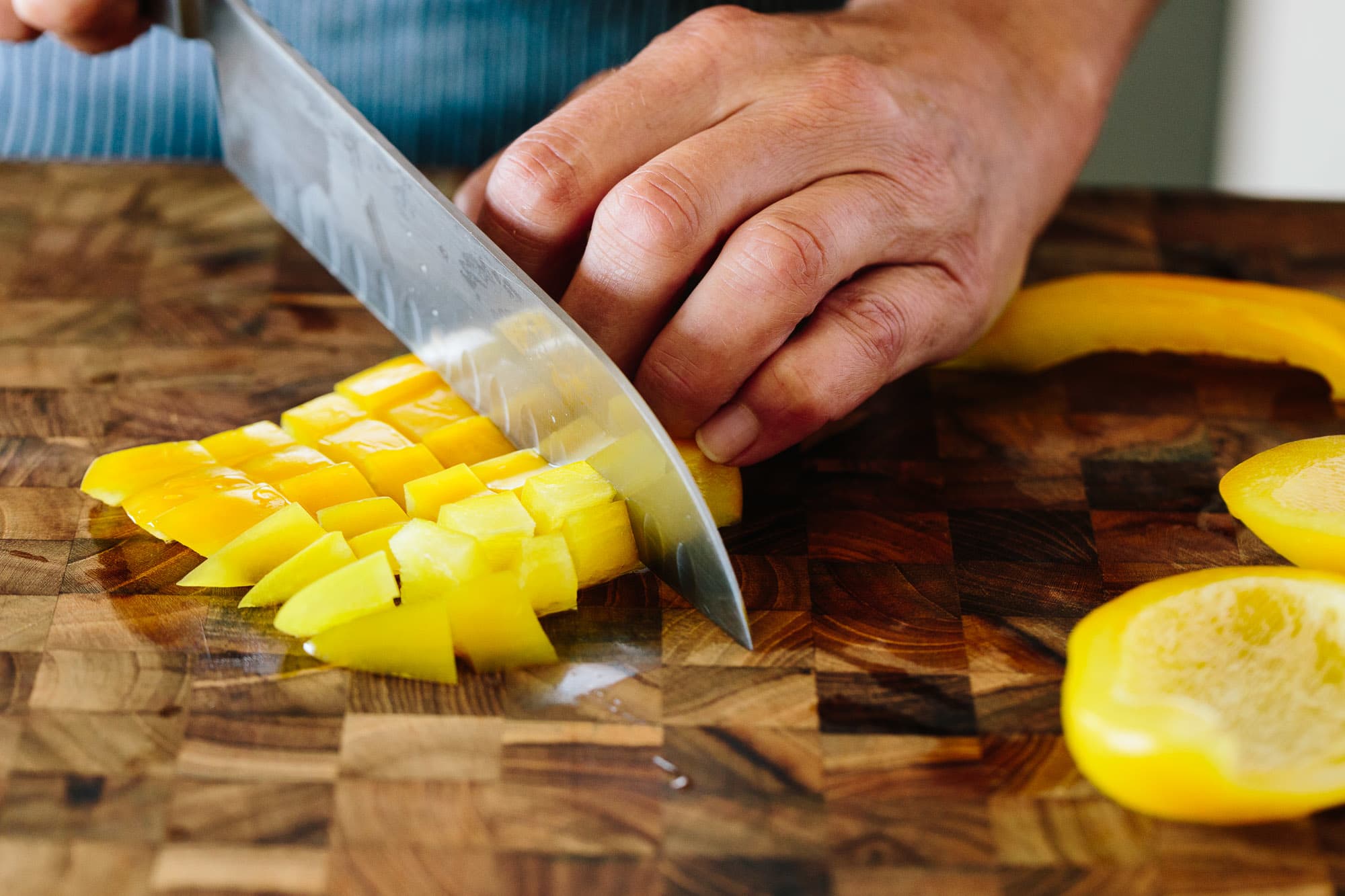Every kitchen professional knows that a well-maintained cutting board is essential for food safety and efficiency in the kitchen. So, what should you do to your cutting board before you start cutting? This essential question guides our understanding of food prep hygiene and cutting board maintenance.
A cutting board is more than just a surface to chop your ingredients; it is a critical component of a healthy kitchen. Oils, bacteria, and food particles can build up on the board, making it a breeding ground for germs. Lets delve into the necessary steps and precautions to ensure your cutting board is ready for action!

1. Clean and Sanitize Your Cutting Board
Before you even think about slicing into your fresh veggies or meats, cleaning and sanitizing should be your first priority. Leaving residue from previous meals can lead to cross-contamination. Start by rinsing the cutting board with hot water and then using a mild dish soap and a sponge or scrub brush to clean it thoroughly.
For enhanced sanitation, you can use a sanitizing solution made from 1 tablespoon of unscented liquid chlorine bleach mixed with 1 gallon of water. Be sure to rinse well afterward and let it air dry. To dive deeper into the cleaning process, check out this article on cleaning and sanitizing.
2. Inspect Your Cutting Board
Next, it's important to inspect your cutting board for any signs of damage. Look for deep grooves or cracks where bacteria could hide. If the wear and tear are significant, it might be time to replace it. For professionals who rely on their boards daily, investing in high-quality boards can save you hassle and keep you safer.
Check out our guidelines on preventing splits on wooden cutting boards to maximize their lifespan.
3. Condition Your Wooden Cutting Board
For those using wooden cutting boards, conditioning should take place regularly to maintain their integrity. Applying food-grade mineral oil every month or so helps to keep the wood hydrated and prevents it from absorbing moisture. It is crucial to know how long to soak your cutting board in mineral oil -- just a few hours is sufficient before wiping off the excess. More details can be found in our guide about soaking in mineral oil.
4. Choose the Right Cutting Surface
Choosing the right cutting board depends on the type of food you are preparing. While wooden boards are suitable for most foods, synthetic boards are better for raw meat, as they are non-porous and easier to sanitize. Its fascinating to learn what cutting board do chefs use to maximize food safety while cooking; check our article to know the preferences of professionals.
5. Rotate Your Cutting Boards
If you have several cutting boards, it's good practice to rotate them during your prep sessions. Each board should have a designated purpose, which minimizes cross-contamination. For example, use one board for vegetables and another for proteins to prevent the spread of bacteria from raw to cooked foods.
6. Store Properly
How you store your cutting board matters significantly. Ensure it is kept dry and in a well-ventilated area to prevent moisture buildup. Avoid stacking other items on top of your cutting board to prevent warping. If you want to learn more about avoiding warping, refer to this article on preventing warping.
7. Final Thoughts
By following these steps, you ensure that your cutting board is prepared for all your culinary adventures. Remember, the key to maintaining a safe kitchen lies not just in the cleanliness of your cutting board, but in treating it with respect and care. As a part of this journey, consider reading the important information about the colors of cutting boards and how they can help in food safety.

FAQs
1. How often should I clean my cutting board?
You should clean your cutting board before and after every use, especially when switching between raw meat and vegetables.
2. Can I use vinegar to sanitize my cutting board?
Yes, vinegar can be a natural disinfectant. However, for thorough sanitation, combine it with an appropriate ratio of water or use commercial sanitizers.
3. Is it safe to cut raw meat on a wooden cutting board?
While it's possible, it is essential to sanitize it properly afterward. Many professionals recommend using separate boards for raw meats to avoid cross-contamination.
As an Amazon Associate, I earn from qualifying purchases.


























